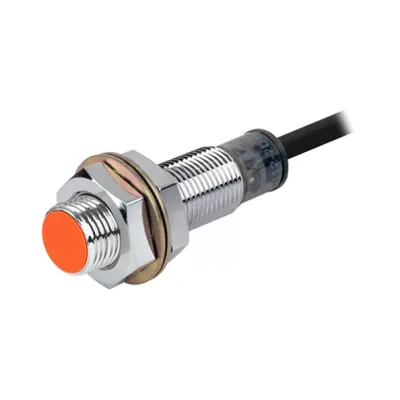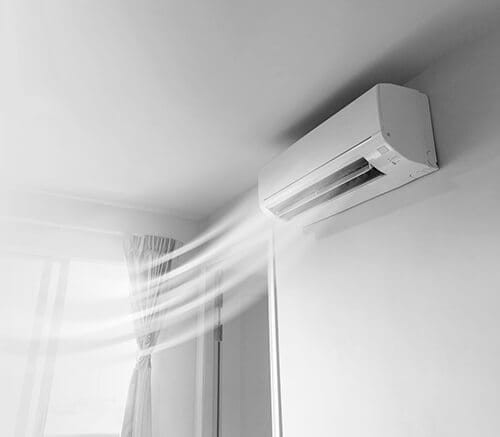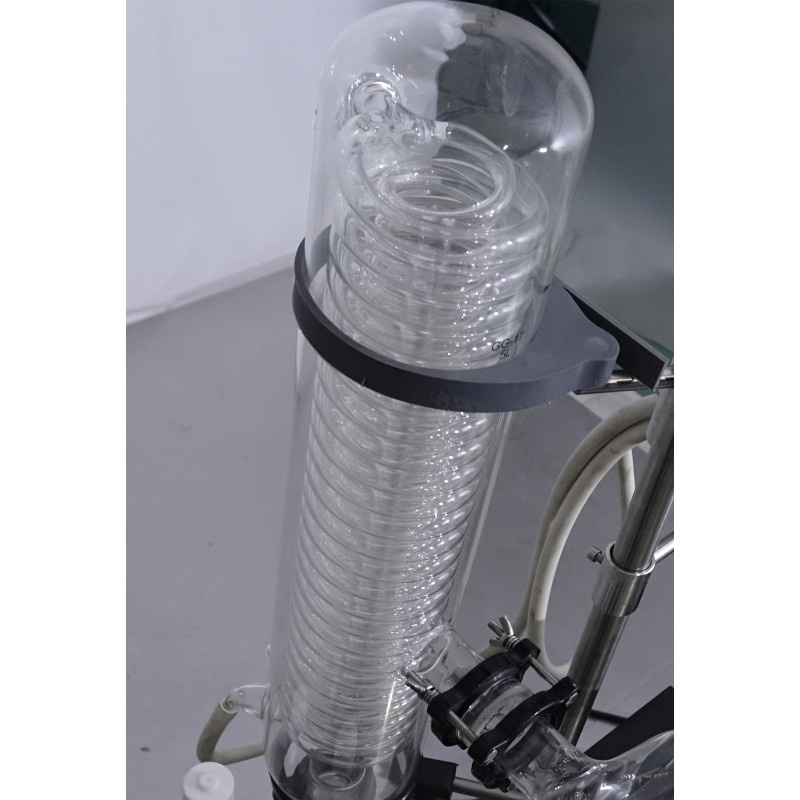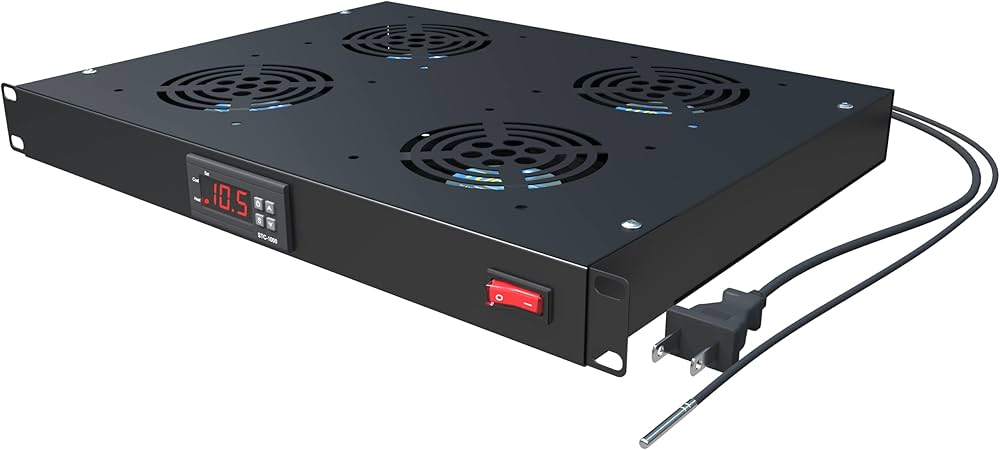Proximity sensors play a crucial role in various industries, including automation, automotive, robotics, and consumer electronics. These sensors are responsible for detecting the presence or absence of objects without physical contact, making them indispensable in modern technological applications. Manufacturers of proximity sensors focus on three key aspects accuracy, durability, and reliability to ensure optimal performance and longevity.
Ensuring High Accuracy
Accuracy is one of the most critical factors in proximity sensors, as they are used in precision-driven applications. Manufacturers employ advanced technologies such as capacitive, inductive, ultrasonic, and optical sensing to enhance accuracy. Each type of sensor is designed to detect specific materials and environmental conditions, ensuring precise measurements. High-quality proximity sensors are equipped with features like adjustable sensitivity, minimal false triggering, and fast response times. Additionally, rigorous testing and calibration processes help manufacturers deliver sensors that provide consistent and repeatable results.

Enhancing Durability for Long-Term Use
Durability is another fundamental aspect that manufacturers prioritize to ensure the longevity of proximity sensors. These sensors often operate in harsh environments, such as extreme temperatures, high humidity, dust, vibrations, and exposure to chemicals. To withstand these conditions, omch manufacturers use high-quality materials such as stainless steel, reinforced plastics, and protective coatings. Many sensors also feature waterproof and dustproof designs, certified under IP Ingress Protection ratings. Additionally, advanced manufacturing processes, such as hermetic sealing and ruggedized enclosures, help extend the lifespan of these sensors.
Delivering Reliable Performance
Reliability is essential for ensuring uninterrupted operations in various applications. A malfunctioning proximity sensor can lead to system failures, production delays, or safety hazards. Manufacturers implement strict quality control measures to guarantee reliability. These include rigorous testing for shock resistance, temperature fluctuations, and electromagnetic interference. Many manufacturers also conduct endurance tests to simulate real-world operating conditions, ensuring that the sensors can function effectively over extended periods. Additionally, advanced circuitry and signal processing algorithms are incorporated to minimize interference and improve stability. To enhance reliability, manufacturers also focus on developing sensors with self-diagnostic capabilities.
Proximity sensor manufacturers play a vital role in ensuring accuracy, durability, and reliability, which are crucial for various industrial and commercial applications. Through advanced technology, high-quality materials, rigorous testing, and innovative design, these manufacturers produce sensors that meet the highest standards. Whether used in automation, robotics, automotive, or security systems, proximity sensors must perform flawlessly to ensure efficiency and safety. By continuously improving their products, proximity sensor supplier contributes to the advancement of industries that rely on precise and dependable sensing solutions.



